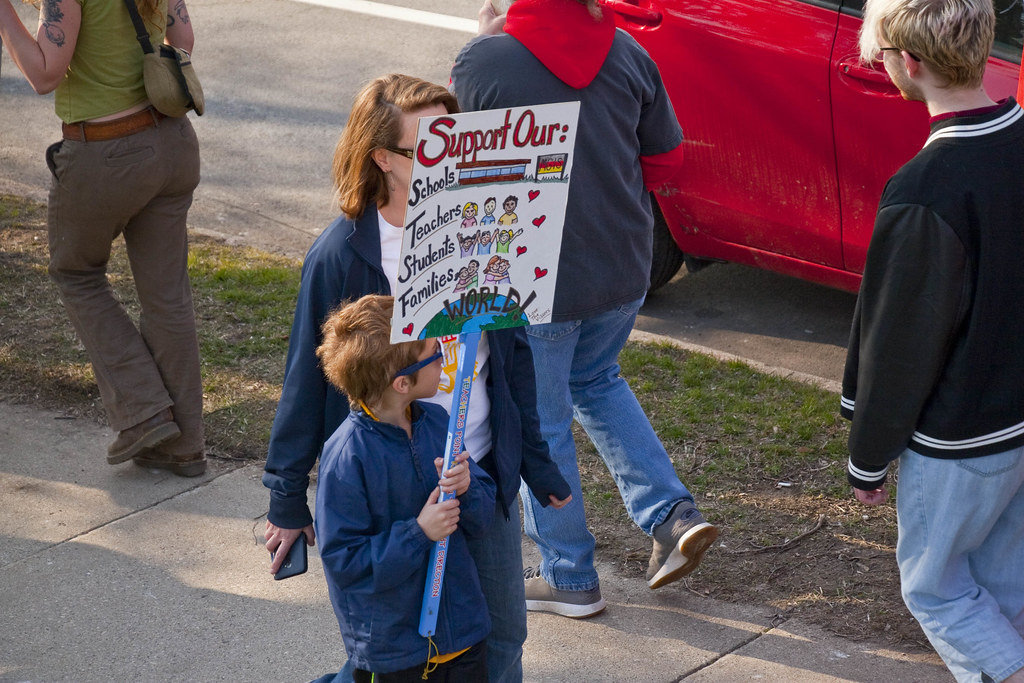According to the Child Advocate – Surajit Khanna, the racial injustice and distress we are facing in this current time around the world have put many parents on the hedge on how to discuss protests and racism with their kids. With the increase in, civil disobedience, and police brutality many parents are worried about the safety of their kids and how to protect them. For many kids, the current situation might be difficult to understand. However, positive discussion about the protests and racism are important at this particular time.
“With the ongoing news, the importance of discussing this topic with kids cannot be overemphasized, “says Dr. Surajit Khanna, an advocate for children’s safety issues. Although, many adults feel uncomfortable discussing it with their children and assume they do not about it. However, many children get information weather from conversations with nannies, friends, or social media. The fear and anxiety of people surrounding them also speak volumes to them. Therefore, not discussing it threatens the safety and mental health of the children. Without proper understanding and guidance from parents, children might not be able to navigate their feelings in the right direction.
Here, Dr. Surajit Khanna, takes us through ways on how to discuss racism and protest with our kids by their age group. Read on.
Be in the Right Frame of Mind
How can you help your child navigate protests and racism? As discussing protests and racism and protest is important, so is your mental and emotional health as a parent. The first step is to take care of yourself and once you feel confident enough, you can now decide on how to have a conversation about the current uproar with your children. You need to be very careful and pay more attention to their emotion as you don’t want to share information that will make them feel unsafe or more traumatized. Be open with them, listen to their thought, and answer all their question. Assure them of their safety and their importance to their community.
Infant and Toddlers
Children of this age might not be able to understand what is happening on television and around, however, they can pick up anxiety and fear in people’s voices. To avoid this, parents should talk about the incident and watch the news when the baby is not physically there. “Always control your thought and feelings around them says”. Dr. Surajit Khanna. Infant and toddlers can learn about protests and racism from the racial stereotype in society without the input of their parents. Therefore, it is important to start reading books that show multi-racial characters to them. This will help them as they grow older.
Middle School
For older children, they often have a lot of questions and can feed on anything they see on the news or around them. Parents need to be more open and talk about what the children saw or watched. Ask them what their thought and feelings are and answer all their questions. Also, ask them questions like, do you know why those people are protesting? What do you do when you are been unfairly treated? Explain to them what is going on and help them validate their feelings and navigate them in the right direction. Furthermore, let them know they are safe.
Teenagers
Most teenagers will already be seeing protests and police brutality on the news or on social media. Parents should be more open-minded and be willing to have conversations about it with them. At this age, it is important to listen to their views but then also you can enlighten them by showing them historical books about protests and racism. Talk to them about critical thinking, what they find inspiring, or distressing. Let’s all raise a generation that will be independent and be the change we want to see to make the world a better place as they grow older.
For peace, equality and unity to prevail, we all need to strive to be anti-racist agrees, Dr. Surajit Khanna concludes.
















